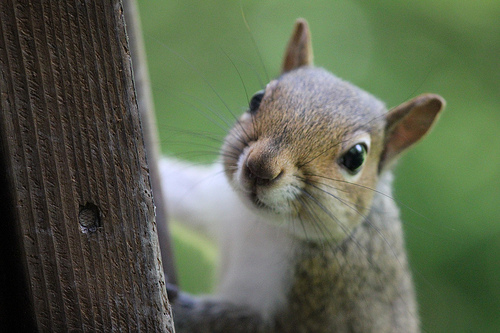Post-apocalypse cuisine
Bon Appetit magazine recently sat down to talk to a man they have deemed "most likely to eat well after the Zombie Apocalypse." Elite tracker Shane Hobel founded the Mountain Scout Survival School, and often spends weeks out in the wilderness with just a knife. Yet he still manages to live comfortably, and even provides a recipe for walnut-encrusted squirrel which frankly sounds delicious.
Hobel's suggestions highlight a critical survival tool which you can hone right now: learn the local flora and fauna, as well as the traditional ways of catching and preparing food in your area. What did the Native Americans eat in your area a thousand years ago? And how did they cook it?
We often talk about post-apocalypse life as being a nightmare for which we are ill-prepared. But it's important to remember that no matter where you live in the world, people thrived there for thousands of years on a subsistence-based lifestyle. Granted, we would have a tough transition from iPads to squirrel skewers. But it can be done!
Hobel talks about the correct way to prepare acorns, and the use of pine pitch as pancake syrup. Neither acorns nor pines grow in my area, but I live close to a shore where people harvest clams and oysters. And while squirrels are rare and small out here, there are plenty of (ugh) mice.
No matter where you live, there are lots of local plants you can learn how to harvest and cook right now. And if you have to learn a tough lesson, better to learn it today when you have the luxury of throwing out a botched meal and ordering pizza!
(A few springs ago I learned a valuable lesson about not trusting a neighbor who pointed to some fern fiddleheads and told me they were edible. They were ostrich ferns, which are actually toxic if you don't cook them right. Luckily I didn't eat more than a bite, because they tasted so terrible. The lesson being, always do your own research first!)
Image courtesy Flickr/astronomy_blog
